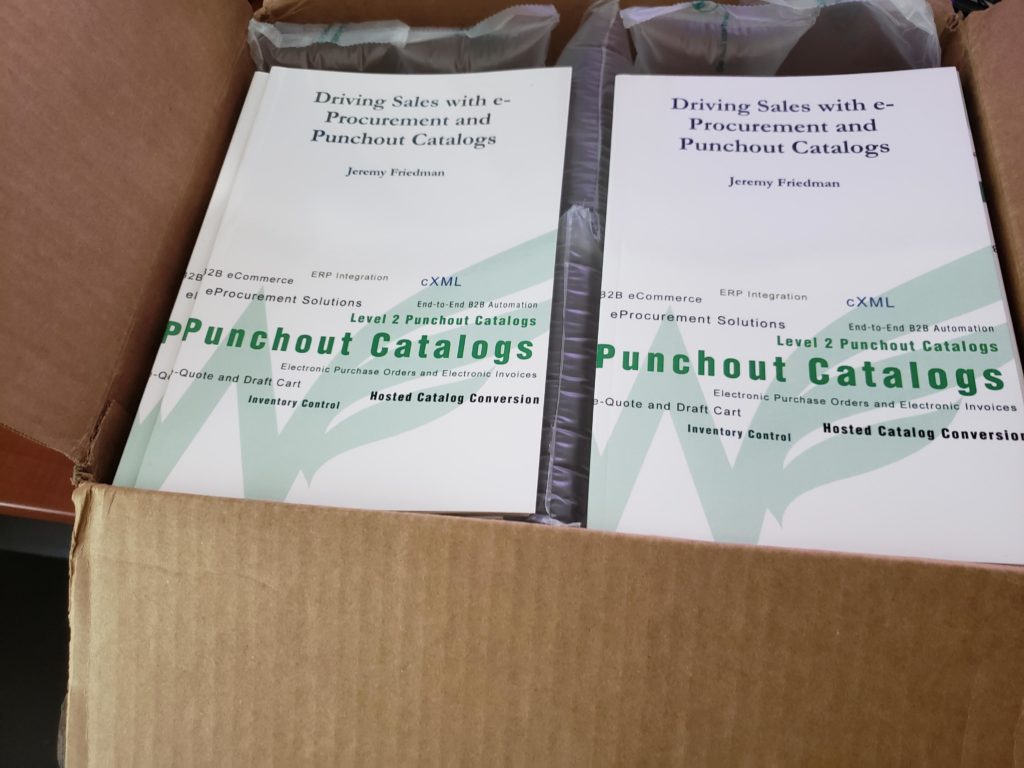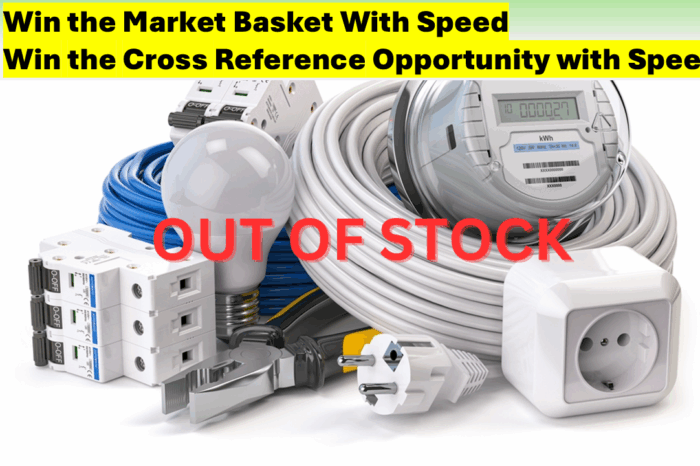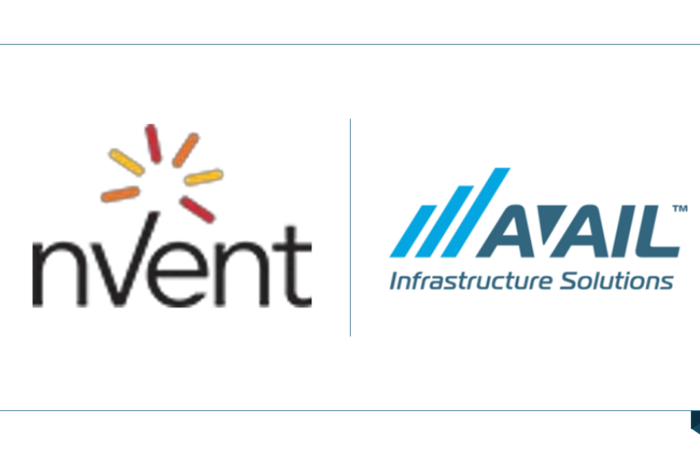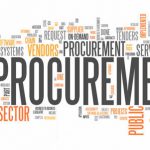What is e-Procurement?
The article we had last month introducing Greenwing Technology as a punchout / e-Procurement resource and a new ElectricalTrends advertiser generated much feedback. Part of the reason is it is perceived that “punchouts” is “old school” and perhaps reserved for industrial customers.
But, here’s the reality:
- What is “old” is new. Punchouts are e-Procurement
- The industrial market is large, so there is more opportunity.
e-Procurement is about system to system ordering. There are more B2B transactions occurring through this method than any other eCommerce process in the MRO space. Don’t believe, ask Grainger about their eCommerce business or ask Amazon Business why they integrate with 54 different systems? It’s where the business is happening.
So, to further help companies along their eCommerce / eBusiness journey, Jeremy Friedman of Greenwing Technology is providing additional insights.
What is e-Procurement?
“One of the challenges in the B2B e-Procurement world is understanding all the pieces of procurement and purchasing. Let’s dive right in and define e-Procurement itself.
e-Procurement, also known as procure-to-pay software, is purchased by organizations who want to know what they’re buying and how to better organize themselves and their information. It controls everything from the request & requisition process, contracts, vendor registration, purchase orders, invoices and vendor payments. It gives an organization a 360 degree view of what they’re buying, what prices they’re paying and who they’re buying from.
The first question you may ask is “Why does an organization need e-Procurement software?” The answer can vary amongst different organizations, but the most common answer we hear is control and access to information. Organizations spending millions or even billions of dollars need to know who is spending the organization’s money, how and with whom. E-Procurement interfaces with the organization’s financial system to handle budgets so if a department is over spending, the organization will know about any over spending before or shortly thereafter it happens.
In our description above we talk about control being a primary driver of e-Procurement adoption, this comes into play specifically with requisitions and purchase orders. When a user creates a request for say a replacement fuse, before the order is submitted and sent to the supplier, it routes through an approval process to ensure the person submitting the requisition is allowed to purchase those items. An employee working in a plant might immediately be approved by a supervisor, but a similar request from an employee that works in an office may not be approved without further justification. A request from an employee that is over budget already may not be approved in a similar fashion.
Once a request has been approved, the e-Procurement system may send the approved purchase order to the supplier electronically via emailed PDF, cXML or EDI. The supplier then fulfills the order as normal.
Now that the organization can control who buys what and when, we have some insight on what the organization buys specifically – in other words the data. This data allows the organization to answer many questions such as:
- Are we buying the same items from different suppliers?
- Can we negotiate a better price or delivery terms?
- Are we allowed to buy from this supplier?
All of this insight can help identify supply chain problems such as supplier issues, payment issues and pricing issues. For example, if a supplier is consistently shipping items late, that may indicate a production problem, which if the supplier is part of the production of a product may be a signal to look for another supplier. Another item organizations may watch for is a high volume of returned items to the supplier. That may indicate a quality issue.
e-Procurement started with larger organizations, but over the past few years we have seen e-Procurement in organizations in all sizes and all industries. We’ve worked with organizations in healthcare, biotech, manufacturing, higher education and government. When e-Procurement was first developed, it was only found in larger organizations including Fortune 500 companies, but as e-Procurement matures organizations of all sizes are embracing the technology. There are now over 80 different e-Procurement systems worldwide.
Understanding how e-Procurement works can greatly aid your organization by understanding your customers needs and offering them the right solutions to make it easy to purchase from you, including using punchout catalogs or electronic PO/invoicing.”
So, what does this mean?
- If you selling directly to industrial facilities and want more MRO business, consider how being able to offer e-Procurement services / Punchouts can help you solidify business?
- If you are in an area with multiple colleges / universities and/or large hospitals, and want to sell them MRO, they’ll probably have an eProcurement system.
- If you hear the terms SAP, Oracle, eCoupa of any of the other 77 that Jeremy refers to, you’ll know you need some e-Procurement expertise to win the business.
eProcurement also enables you to have a tighter connection with your client and has some purchasing / order entry efficiencies.
While your product breadth may not rival a Grainger, you can win the electrical MRO business with the right e-Procurement offering. Use this as a secret sales tool. Educate key salespeople; learn the key questions; target market to these customers; and make sure you are competitively priced vs competition (which may mean an increase in some instances!). Take a page from Grainger, sell based upon total cost of procurement not SKU specific acquisition cost.

And when you talk to Jeremy, ask for a copy of his book to learn more about e-Procurement.
Do you offer e-Procurement to your customers? Are your customers asking for e-Procurement? Do your salespeople know what e-Procurement is and what to ask? Could it be a growth strategy? A customer retention strategy?
Don’t know, give us a call.
























